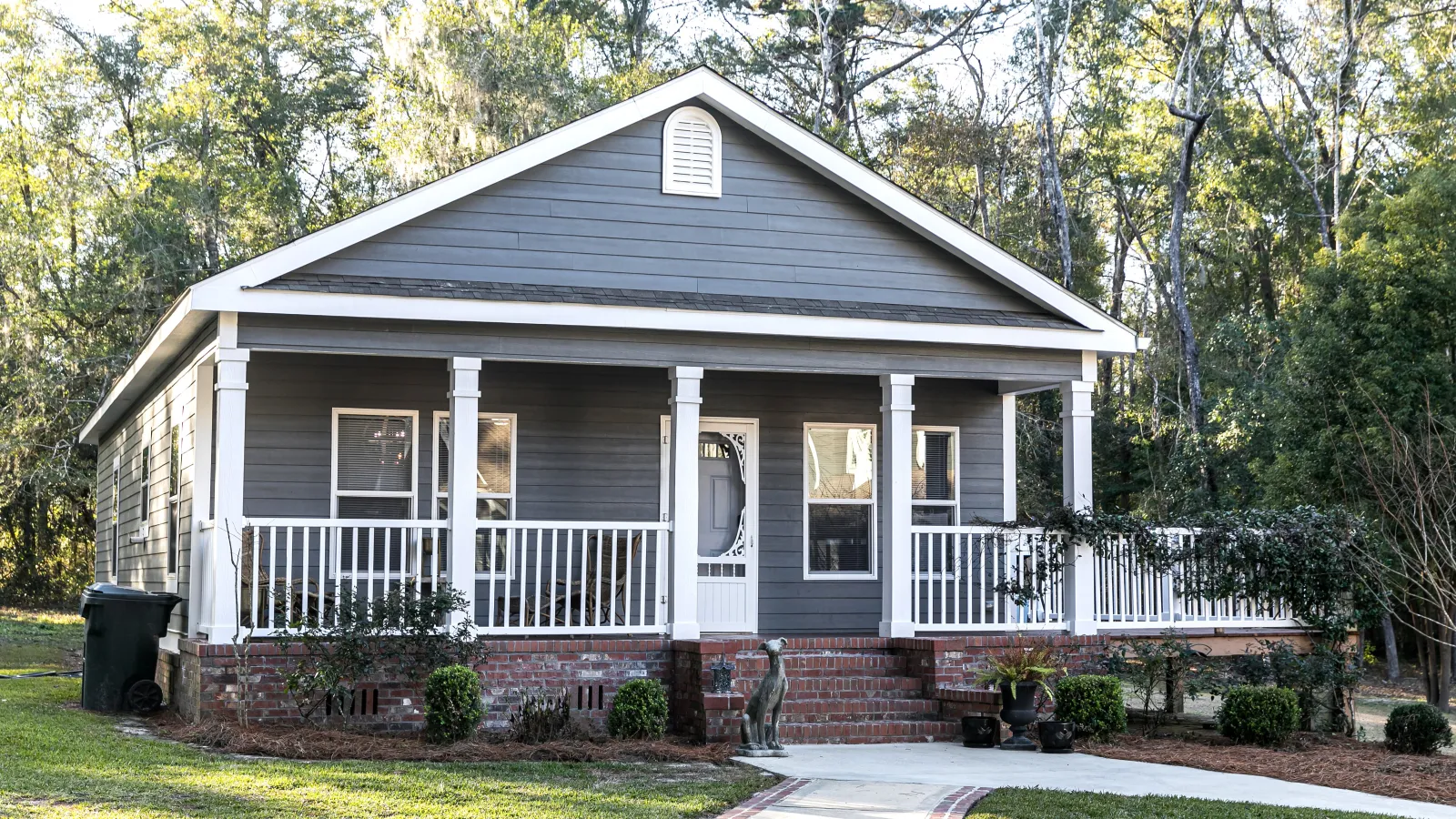Attics are typically the most insufficiently insulated part of any home. For many people, this may seem natural; if you never spend any time in your attic, why invest in proper insulation? Well, the fact is, if any part of your house quickly loses conditioned air, that can have significant ripple effects for your entire HVAC budget. And the problems don’t end there.
If you live in a colder climate, in particular, an insufficiently insulated attic can lead to icicles, harmful ice dams, and even mold growth. Failing to retain conditioned air in your attic doesn’t just hurt your wallet, it can also create health risks and damage your home.
So you understand how important it is to invest in insulation for your attic. But what type of insulation for attic should you use? There is a wide array of options, each with their own strengths and weaknesses. Follow along as we take a look at each type of attic insulation one by one.
Types of Wall Insulation for Your Attic
Which type of wall insulation is the right fit for your needs? Let’s break them down now.
Fiberglass Blankets
Fiberglass blankets are continuous rolls of fiberglass insulation, which you can cut to fit the areas you need to cover. They’re typically made with 20-30% recycled industrial waste and are perfect for covering walls with joints and studs. They are typically not flammable.
On the downside, gaps between strips can undermine the entire purpose of insulation as they allow for air infiltration. Further, they can be difficult to hang between joists.
Spray Foam
Spray Foam insulation is typically used on unfinished walls. It is an efficient method, as small qualities expand to fill in small spaces while increasing stability and even promoting sound insulation.
However, spray foam insulation is only appropriate in certain specific environments. In closed cavities like sheetrock or stud walls, spray foam won’t work. And spray foam must be shielded from sunlight, as it can unleash toxic fumes when it’s heated.
Cellulose
Cellulose insulation is typically blown-in insulation, made from flame-retardant recycled paper product. As a blown-in insulation, it is great for new homes. However, it can be less appropriate for retrofit projects in existing homes. Further, Cellulose can be vulnerable to mold if it gets damp.
Loose-Fill Blown-In Insulation
Loose-fill insulation is 80% made from recycled newspapers, so it’s environmentally friendly, and it’s perfect for filling hard-to-reach corners of your attic, which is an area where other options may fall short. And, importantly, it isn’t a health hazard.
However, the performance often doesn’t seal as well as some other forms, allowing for more air infiltration.
The Final Word
A properly insulated attic helps your home stay comfortable no matter what the season, plus it will help you save on utility bills. If your attic is insufficiently insulated, that’s perfectly fine—there are several ways you can retrofit insulation into your attic, using any of the methods listed. If you’re interested, get your free estimate today!



